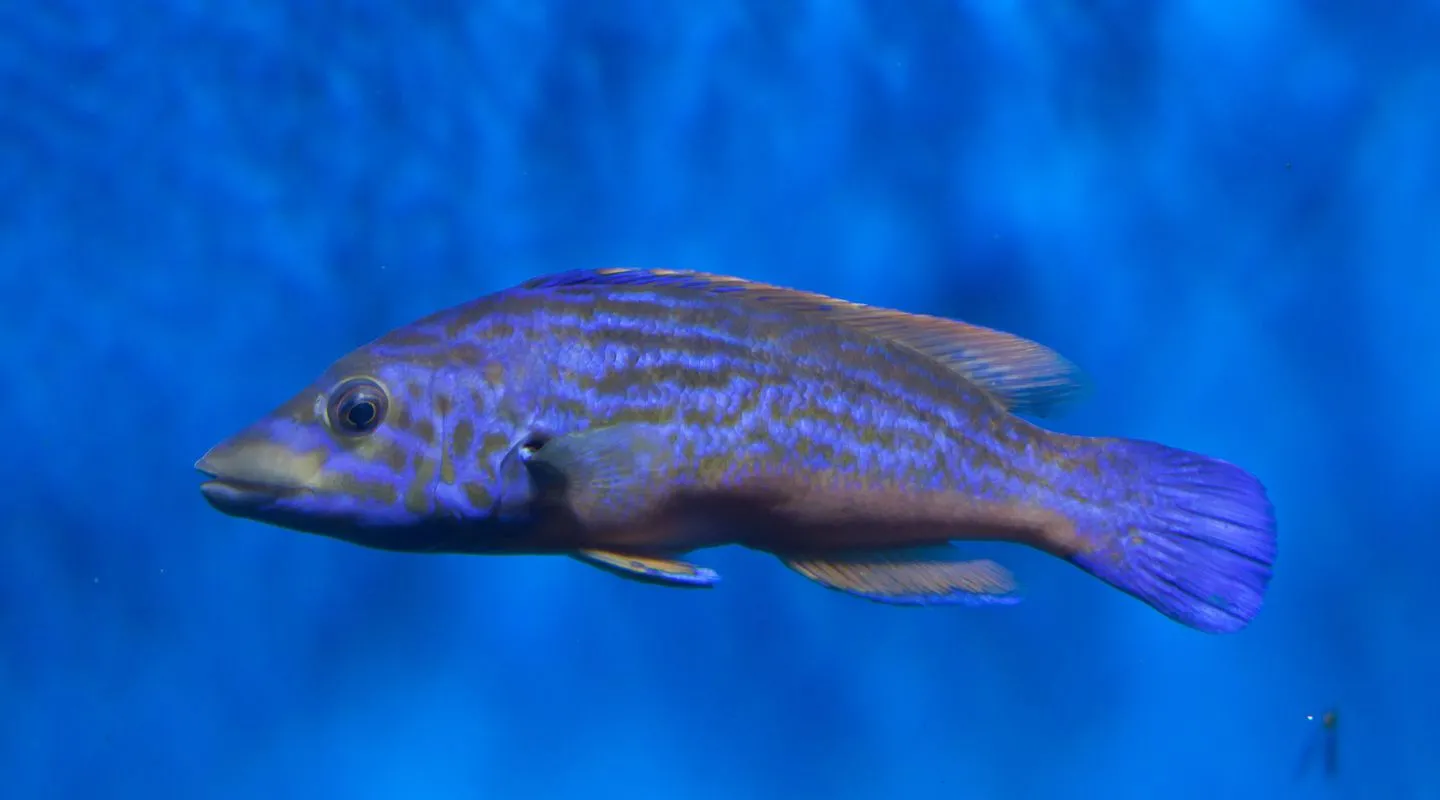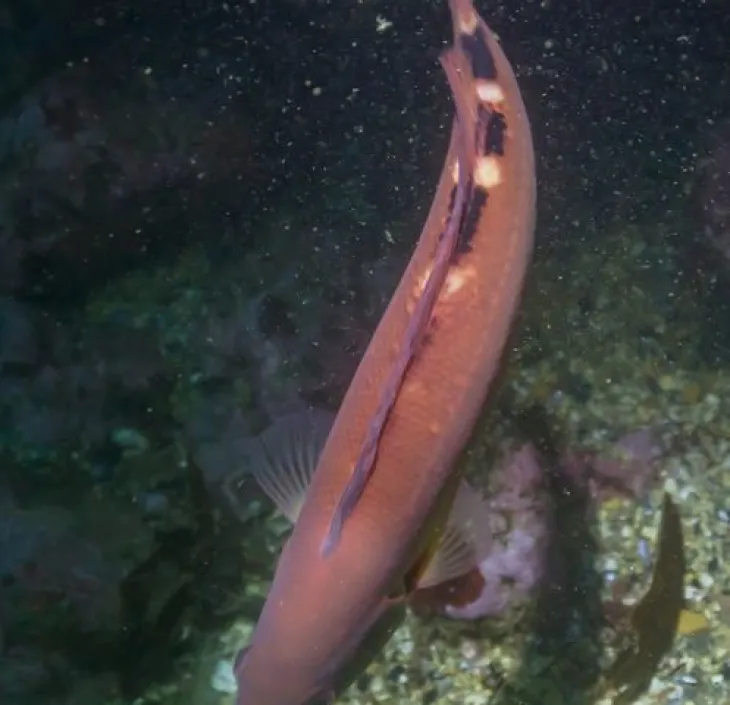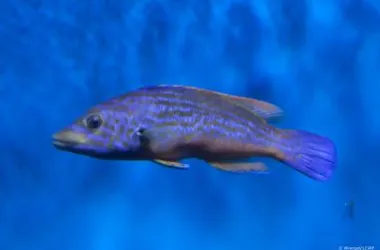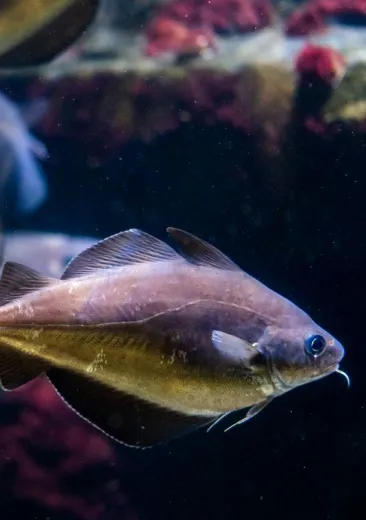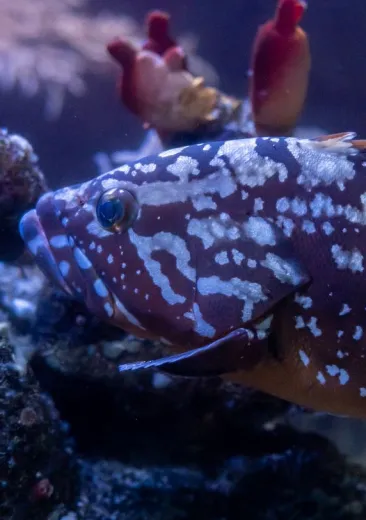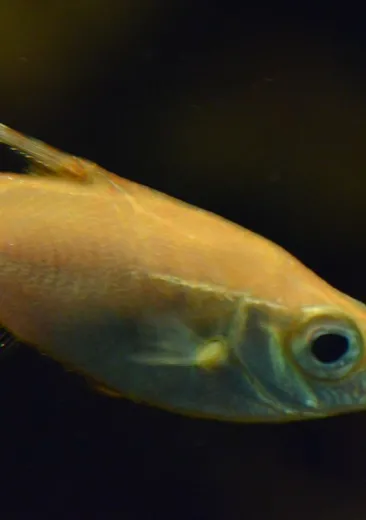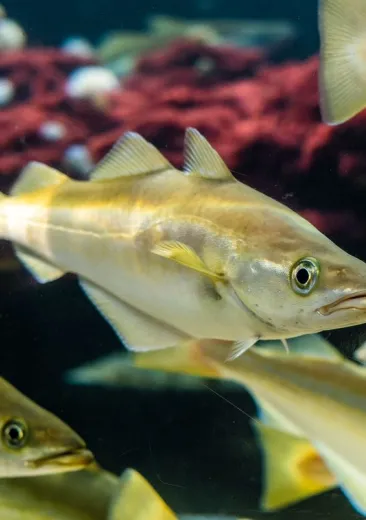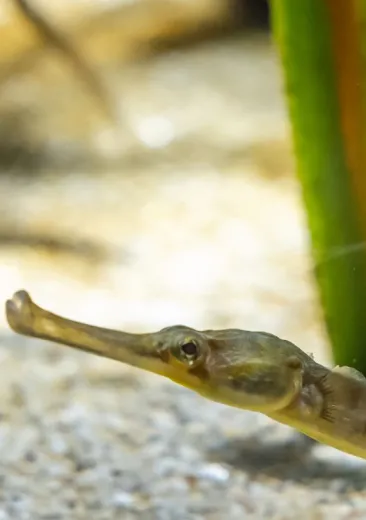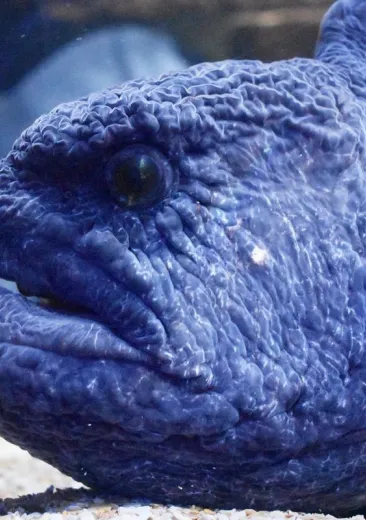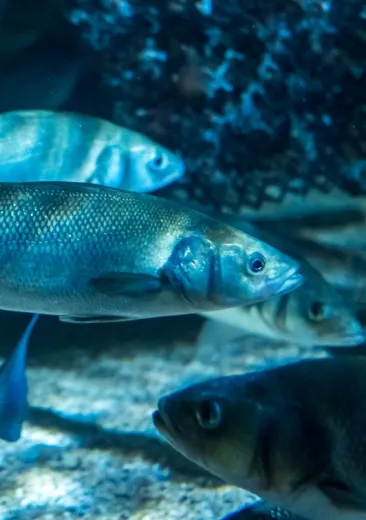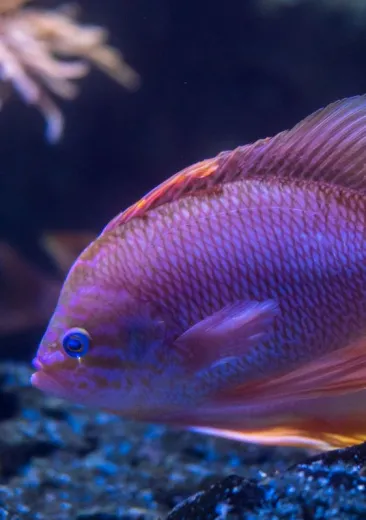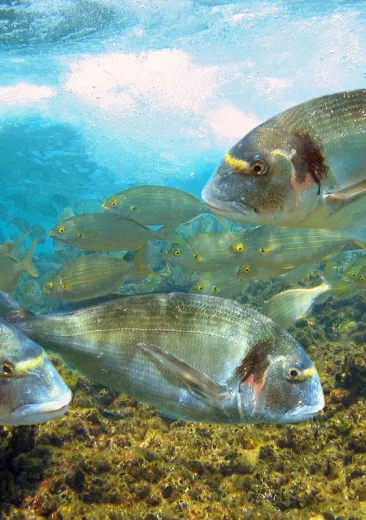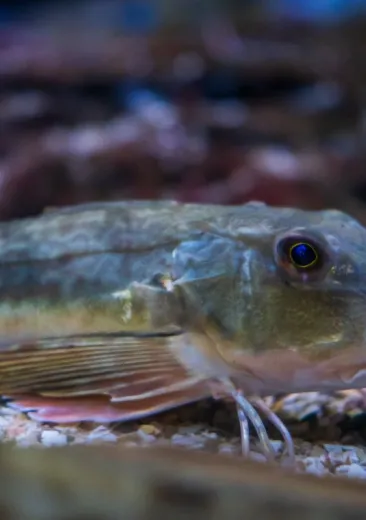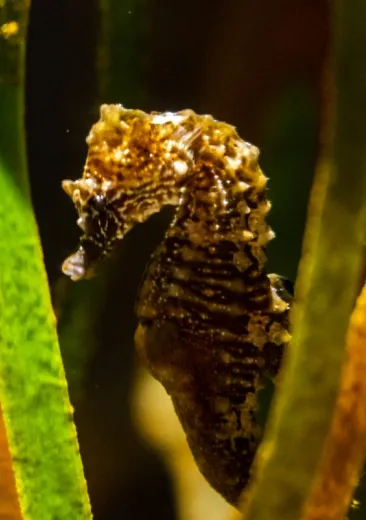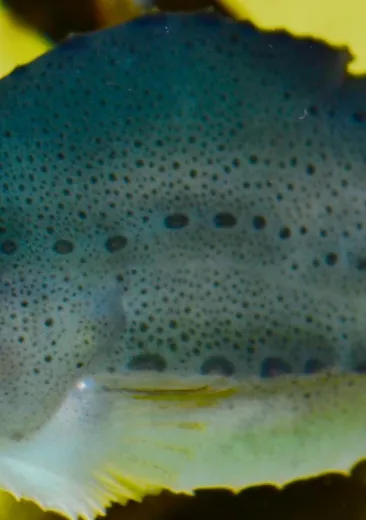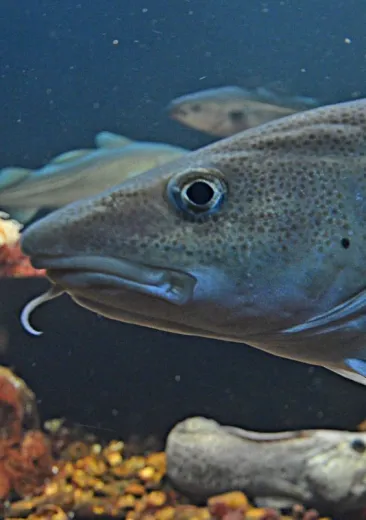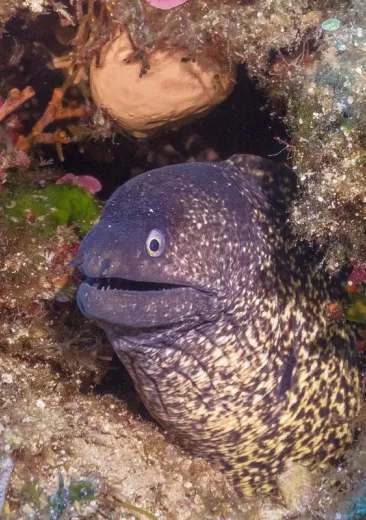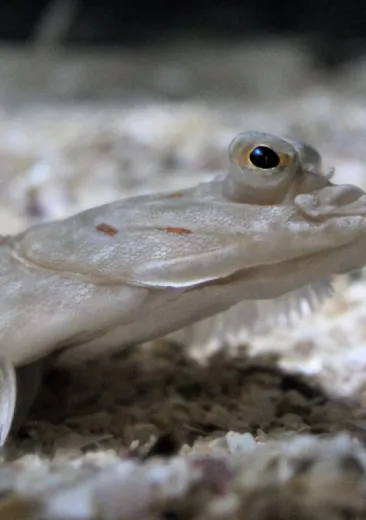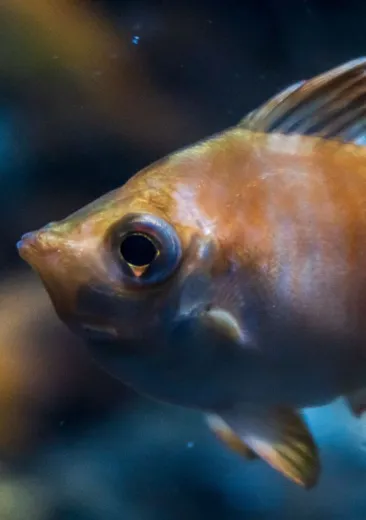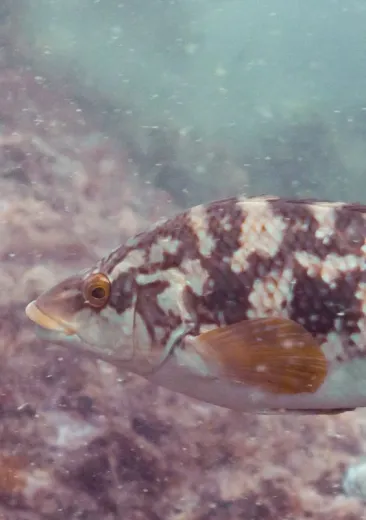The cuckoo wrasse is a protogynous hermaphrodite. Initially female and relatively sociable, it becomes male at the age of five years with a territorial character. The male is in competition with other males in its environment.
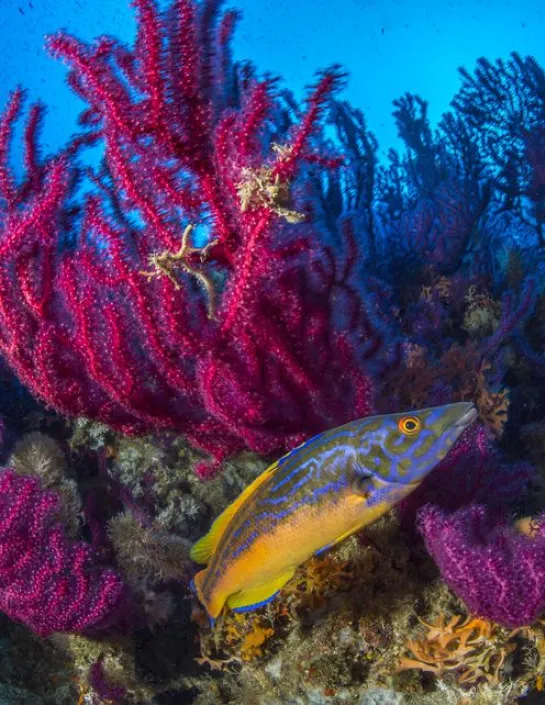
Identity card
The cuckoo wrasse
- Scientific name:
- Labrus mixtus
- Family:
- Labridae
- Class:
- Actinopterygii
- Phylum:
- Chordata
- Year of description:
- Linnaeus, 1758
- IUCN Status:
- Least Concern
- CITES-status:
Not Evaluated
- Distribution:
-
Mediterranean, eastern Atlantic, from southern Norway to Senegal, the Azores and Madeira.
- Habitat:
-
Near the coast, at a depth of between 0 and 200 m, in rocky areas, among seagrass beds or algae.
- Size:
Between 20 and 35 cm.
- Diet:
-
Crustaceans, small fish and molluscs.
- Longevity:
20 years
